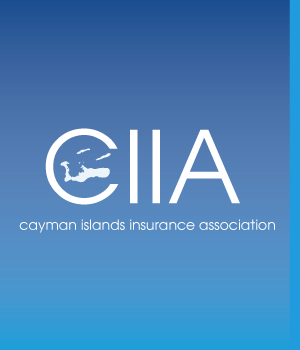| Insurers must adjust to changing terrorism risk landscape: A.M. Best |
| With the potential termination of the Terrorism Risk Insurance Program Reauthorization Act (TRIPRA), insurers will need to reconsider their longer-term policies and prepare their risk management practices, according to A.M. Best. It said there was a lack of permanency and that there was a decline in protection with each TRIPRA renewal which was a concern for many insurers. Data from the ratings agency found that small-sized and some medium-sized insurers are unlikely to amass sufficient gross losses to satisfy the $160 million program trigger in 2018. However, with the scope of terrorism changing and the shift from inflicting property damage towards newer threats such as cyber or biological attacks, insurers need to be prepared. A.M. Best believes that an over-reliance on TRIPRA is not an adequate substitute for sound risk management. As part of its current assessment, A.M. Best uses its enterprise risk management (ERM) evaluation, stress tests and their relationship to capital, and it expects insurers to implement a similar judgement process. The ratings agency has said that companies that currently rely heavily on TRIPRA should be prepared to present detailed plans if the program is not renewed. |
| Severe convective storm losses higher than hurricanes and earthquakes combined: KCC |
| Analysts at Karen Clark & Company (KCC) have found that expected annual aggregate losses from severe convective storms (SCS) are above expected insured losses from hurricanes and earthquakes combined. Reinsurance News reported KCC as finding that SCS losses are at almost $25 billion, which is higher on average than hurricanes and above the ten-year return period. KCC said: “SCS losses are a growing concern of the insurance industry. This study has shown that while the numbers of tornadoes and hailstorms are not exhibiting increasing trends, there has been an increase in the annual variability of significant SCS events. “Specifically, the number of days on which there is at least one EF1 or stronger tornado is decreasing while the number of days with large numbers of tornadoes is increasing.” |
| EY partners with insurtech firm Concirrus |
| EY and insurtech firm Concirrus have entered into an agreement which they say will accelerate the adoption of behavioral-based underwriting and risk management in marine insurance. The partnership will utilize Concirrus’ artificial intelligence (AI)-powered marine insurance software to help marine insurers move from demographic-based underwriting models “to a new world of more accurate, live behavioural based underwriting”. Andy Yeoman, Chief Executive Officer of Concirrus, said: “With recent advances in technology and the masses of data available from insurers and the shipping industry, we have found a way to understand the behaviour of the assets insured.” Chris Payne, EY EMEIA Head of Insurance Technology Go To Market and Alliances, said: “Driving innovation within the specialty insurance market is something we are very focused on. “The unique toolsets and data that Concirrus has access to will drive new insights in the marine insurance industry, and we are thrilled to be working together.” |
| AIG appoints Chief Claims Officer of General Insurance |
| American International Group (AIG) has appointed Anthony Vidovich as Chief Claims Officer, General Insurance, effective May 14, 2018. In his new role, Mr. Vidovich will be responsible for the strategic direction of the general insurance claims division and will serve as a member of the general insurance executive leadership team. He joins the company from XL Catlin, where he has served as Global Head of Claims, Insurance and Reinsurance since 2015. Peter Zaffino, Chief Executive Officer, General Insurance, said: “Anthony is an accomplished Property and Casualty executive with a demonstrated track record of managing complex claims and legal issues.” Mr. Vidovich said: “I am very pleased to join AIG’s General Insurance leadership team as our industry faces new and more complex risks.” |


